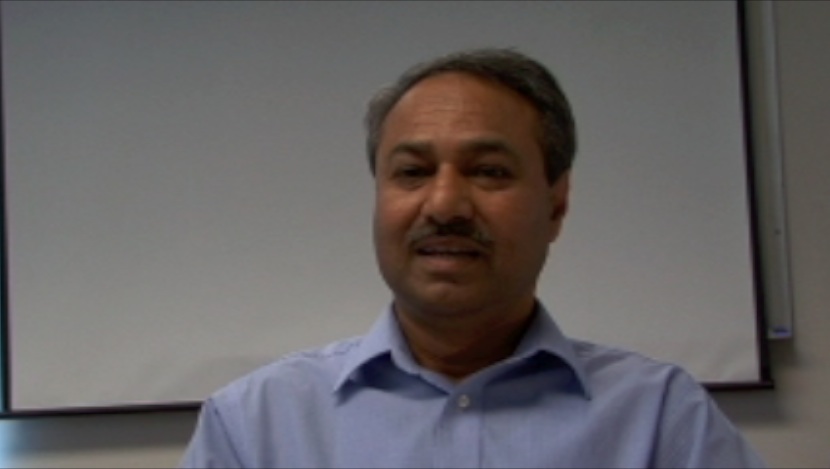
University of Toledo professor Abdul-Majeed Azad believes a new paradigm is needed as the science community considers how to deal with the growing amount and threat of CO2 in the atmosphere. Azad and his group of researchers believe that scientists are overly obsessed with sequestration approaches and need to broaden their thinking to include utilizing CO2 for productive purposes. As noted in Ann’s post yesterday, the DOE’s NETL is starting to come around to this way of thinking, too.
Azad’s approach is fairly simple: If a humidified stream of CO2 is run over the right catalyst, a mix of CO and H2 (syngas) results. Then, there are at least two routes to beneficially use these products. One route is to send these gases into a solid oxide fuel cell stack to generate power and heat. The second route is to use the syngas as a precursor for manufacturing valuable organic compounds via a 90-year-old method known as the Fischer-Tropsch process.
Interestingly, Azad’s group has shown that if magnetite – an abundant waste product of the steel industry – is used as the catalyst a reaction mediator, it is converted by the CO2– H2O stream into maghemite, a strong ferroelectric material that can be processed into magnets.
In this video, Azad discusses some of these concepts and he and his group show the operations of an small-scale demonstration of a CO2-magnetite-SOFC utilization system.
